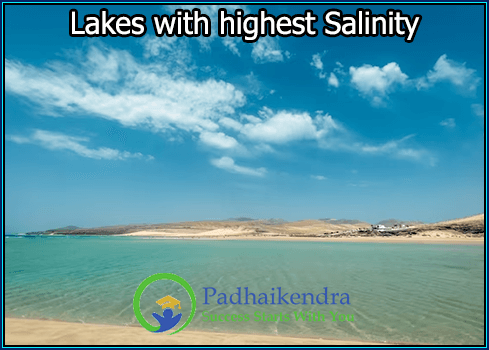The lakes with the highest salinity are typically found in arid or semi-arid regions where there is high evaporation and little freshwater input. Here are some examples of lakes with high salinity:
- Dead Sea: The Dead Sea, located between Jordan and Israel, is the saltiest lake in the world, with a salinity of around 34.2%. It is so salty that no fish or other animals can survive in its waters.
- Don Juan Pond: Don Juan Pond, located in Antarctica’s Victoria Land, is considered the saltiest lake on Earth, with a salinity of over 40%. It is a small, shallow pond that is fed by a glacier and has no outlet.
- Great Salt Lake: The Great Salt Lake, located in Utah, USA, has a salinity that varies between 5% and 27%, depending on the season. It is the largest saltwater lake in the Western Hemisphere and is a popular tourist destination.
- Lake Assal: Lake Assal, located in Djibouti, Africa, is the third saltiest lake in the world, with a salinity of around 34.8%. It is a crater lake that is fed by underground hot springs and has no outlet.
- Lake Van: Lake Van, located in Turkey, has a salinity of around 3.7% and is the largest lake in Turkey. It is a popular tourist destination and is known for its unique ecosystem and historic sites.
These lakes with high salinity levels are often used for various purposes, such as salt extraction, tourism, and scientific research. However, they also pose unique challenges for the organisms that live in and around them, as well as for human populations that rely on them for freshwater resources.





